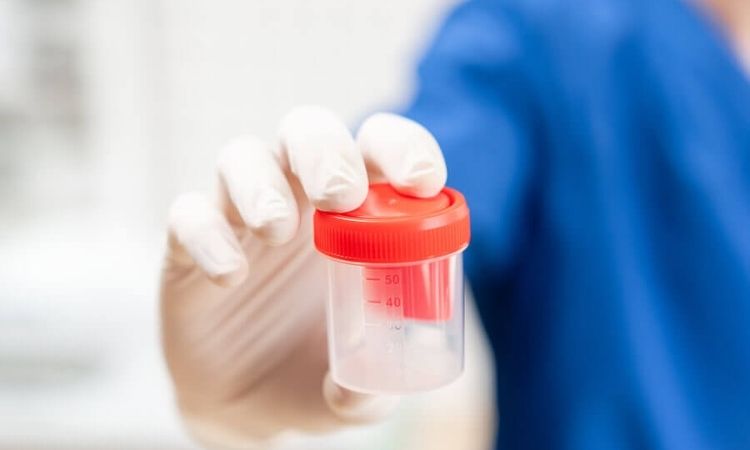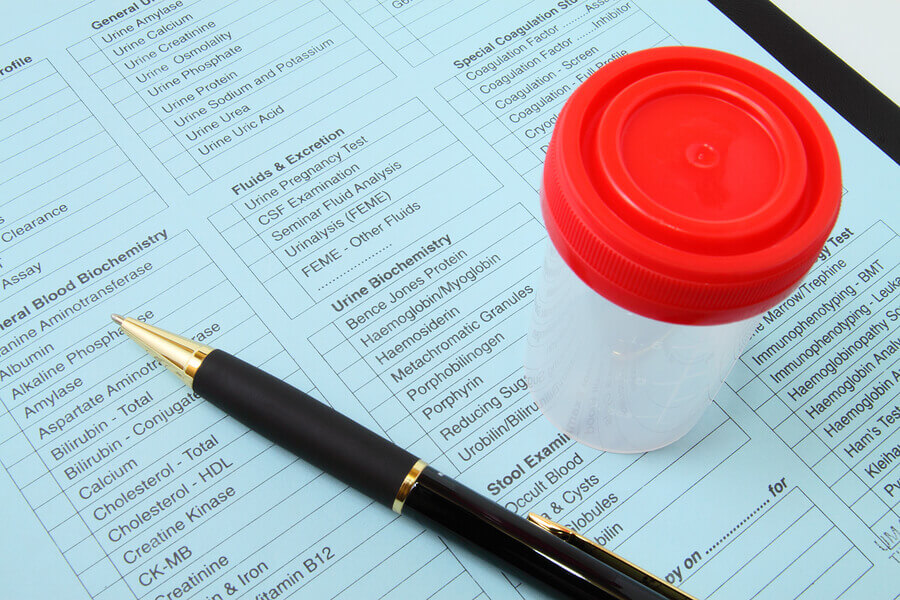
The EtG test is commonly used to identify the presence of ethyl glucuronide in the urine of a person who may have consumed alcohol. Ethyl glucuronide (EtG) is a metabolite of ethanol, the intoxicating component in alcohol. It can also be screened for in blood, hair, and nails, but the alcohol urine test is the most commonly used because it is cheaper than other tests and, when compared to blood screens, much less invasive.
However, psychotic symptoms that resemble schizophrenia, such as hallucinations and delusions, can be caused by drug use. These are usually temporary, however, and abstinence from substances is often enough to ensure these effects subside and are less likely to reoccur.
Who Takes EtG Tests?
EtG tests are used to detect alcohol abstinence or non-compliance under circumstances in which drinking is not allowed, including the following:
- Alcohol treatment programs
- As legally required for a DUI/DWI probation
- Liver transplant patients
- Schools
- Military
- Professional monitoring programs (e.e, airline pilots, healthcare professionals, etc.)
- Court cases (e.g., child custody)
EtG test is not typically used in workplace testing programs as it does not measure a person’s current level of impairment from alcohol. Furthermore, because alcohol is legal in most areas of the U.S., it’s not a commonly administered test because alcohol could have been consumed days before a person is required to work. And if they show signs of impairment, it is not really a helpful tool on the spot.

Detection Window
Urine tests are quite sensitive and can detect very low levels of alcohol, and can do so up to five days after consumption. In studies of subjects who did not have alcohol use disorders, EtG was identified in urine samples for as long as 80 hours (or 3.3 days) after heavy alcohol consumption.
Limitations
One drawback of the EtG testing method is that it can sometimes produce a positive result from exposure to alcohol that’s present in many common household goods, including mouthwash. Other examples of environmental or home products that contain alcohol include the following:
- Foods prepared with alcohol
- Cleaning products
- Breath sprays
- Hand sanitizers
- Hygiene products
- Aftershave lotion
- Cosmetics
- Hair color dye
In reality, there are hundreds of household goods that contain ethanol, and exposure to them could potentially lead to a false positive on an EtG screen.
Interpreting Alcohol Consumption Results
A high positive EtG test (>1,000ng/mL) may indicate the following:
- Excessive drinking on the testing day or the day before
- Light-moderate drinking on the testing day
A low positive EtG test (500 to 1,000ng/mL) may indicate the following:
- Excessive drinking within the previous three days
- Light alcohol consumption within the past day
- Recent heavy exposure to environmental products containing alcohol with the last day
A very low positive EtG test (100 to 500 ng/mL) may indicate the following:
- Excessive drinking within the past three days
- Light alcohol consumption within the past 12-36 hours
- Recent incidental exposure to environmental products that contain alcohol
EtG is a test that can help determine if a person has been recently exposed to alcohol in some way. Therefore, it offers law enforcement and others the ability to determine if a person is compliant with alcohol abstinence or not, and can do so accurately at least 70-85% of the time.
All in all, the EtG test is considered a highly useful test for detecting recent alcohol consumption. But due to the possibility of exposure to alcohol-laden environment products, in some cases, a separate verification may be warranted. This may include a blood or breathalyzer test, depending on the situation.
Other Testing Methods for Alcohol Consumption
Two other commonly drug screening tests that can be used to detect alcohol include the following:
BAC Blood Test
For a blood test, consent to have blood drawn and tested is usually required. Moreover, refusal to take a blood test in some cases can have legal consequences, including a suspension of one’s driver’s license. In fact, people who refuse to undergo blood alcohol tests tend to incur higher fines and longer jail sentences than those who are compliant.
Blood sample screening is believed to be more accurate than breath and urine tests, but testing errors can occur and lead to inaccurate results.
BAC Breathalyzer Test
Law enforcement most commonly uses breathalyzer tests is to estimate a person’s blood alcohol concentration (BAC) because breathalyzer devices are lightweight, easy to use, and produce immediate results. Breathalyzer results are usually considered to be admissible in a DUI/DWI prosecution case.
Getting Help for Alcoholism
If you have an alcohol abuse or addiction problem, you may be afraid that you are going to fail a urine test or other alcohol screening test. Regardless of whether or not this is true, if you are an alcoholic and ready to reclaim your life, we urge you to seek treatment as soon as possible.
Harmony Treatment and Wellness features personalized, comprehensive alcohol addiction treatment programs and services intended to treat all aspects of a person’s health and wellness. Our programs are based around behavioral therapy, counseling, and group support, which can help patients uncover the underlying causes of their addiction and identify healthier, more effective ways of coping with life’s stresses and temptations.
Contact us today if you or someone you love is ready to break the destructive cycle of alcoholism and reclaim the fulfilling life you deserve!
